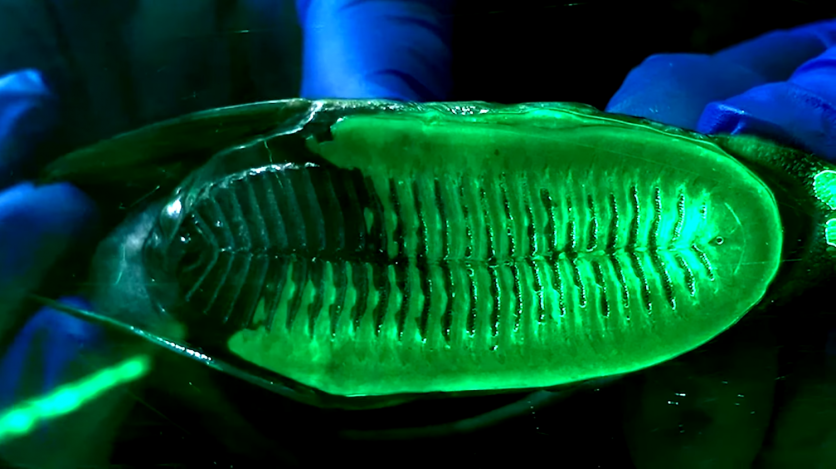A global assembly of robotics researchers and experts have built a rather interesting new drone capable of flight and underwater travel. Published in Science Robotics on May 18th, the team proudly showcases their design, coining it an aerial-aquatic drone, which interestingly can even switch between both modes in only 0.35 seconds. The team, consisting of individuals from London's Imperial College, China's Beihang University, and Swedish tech research firm Empa, necessitated this speed for concepts such as "disaster first-response, coastal patrols, iceberg detection, and marine biological research."
As they say in those cheesy late-night commercials: "But that's not all!" The aerial-aquatic drone can also attach itself to moving objects both underwater and on land, allowing it to traverse specific areas without expending too much energy, an issue affecting many previous aerial-aquatic drone designs in the past. Utilizing sophisticated suction technology situated at the top of the device, the aerial-aquatic drone can literally hitchhike on marine animals, cars, submarines, helicopters, and more in the service of limiting its energy output.
In Jan. of this year, a similar aerial-aquatic drone was released via the likes of PRODRONE, KDDI, and QYSEA. While highly advanced and incredibly technologically innovative, it lacked the proper energy necessary to fly/swim for a prolonged period of time. Also, while it could fly and swim, the reason QYSEA was even involved in the design was for the purposes of building a detachable fish drone from the helicopter contraption, making it not exactly as seamlessly blended as one may imagine.
Related Article: Snapchat Selfie Drone To Arrive Based on Leaked Beta Data: Will Zero Zero Robotics Be the App's Partner?
Other companies have, instead of dabbling in similar design practices, instead steered customers completely away from any water, as evidenced by commercial drone maker DJI's specific webpage dedicated to safe flight over water. Then, there are just simply underwater-based drones (which technically aren't exactly drones in the traditional sense), like the aforementioned QYSEA, as well as Anduril, maker of the DIVE-LD, a device that can submerge to depths of up to 6,000 meters and even spend 10 days underwater.
Thus, the point here is that there is nothing quite like the design forwarded by the global team of robotics experts. Of major interest is the team's specially designed 3D-printed suction membrane, a concept inspired by the suckerfish (or remora fish), which is remote controlled and allows the team's drone to attach itself to both dry and wet surfaces. According to the researchers, this addition to the drone allowed the device to consume 20 times less than when in full aquatic mode. The team has come to call this "resting mode," when it is literally conserving energy while attached to a surface.

It overall extends simple observational procedures while utilizing the drone in action and heightens the device's lifespan, as scientists won't have to regularly change out batteries following the extended use of the device. The team was able to study and capture analysis data on various seabed creatures, including aquatic weeds, scallops, crabs, and more, due to this prolonged advantage.
The team isn't finished iterating upon its device. Further advancement will see the base-level aerial-aquatic drone evolve into a full-fledged machine that will be utilized in various use cases, most prominently being environmentally challenged areas for bioanalysis and inspectional purposes in industrial places. In the future, said scientists want to devise an entire fleet of autonomously-run aerial-aquatic drones for missions in emergency scenarios and scientific analysis.
ⓒ 2025 TECHTIMES.com All rights reserved. Do not reproduce without permission.




